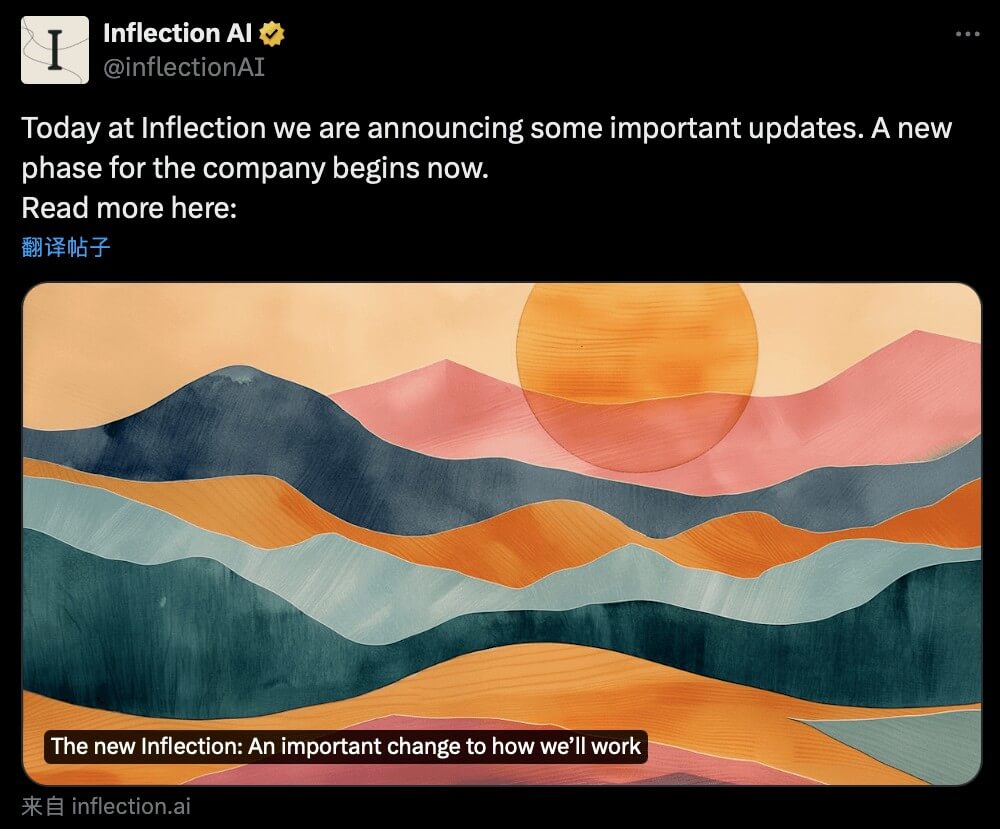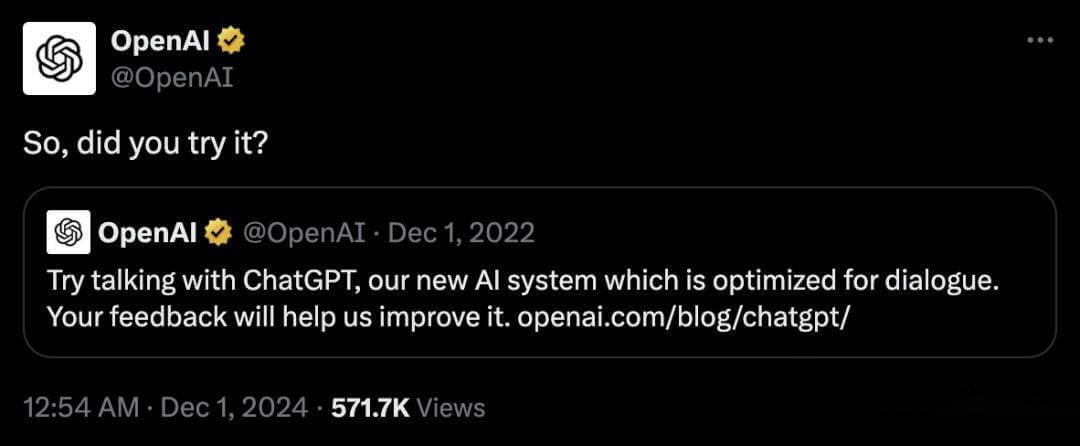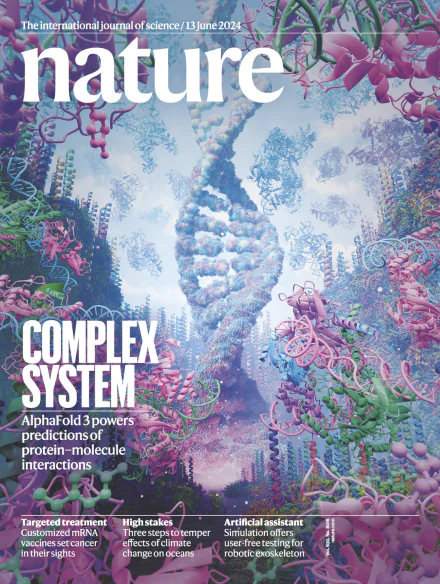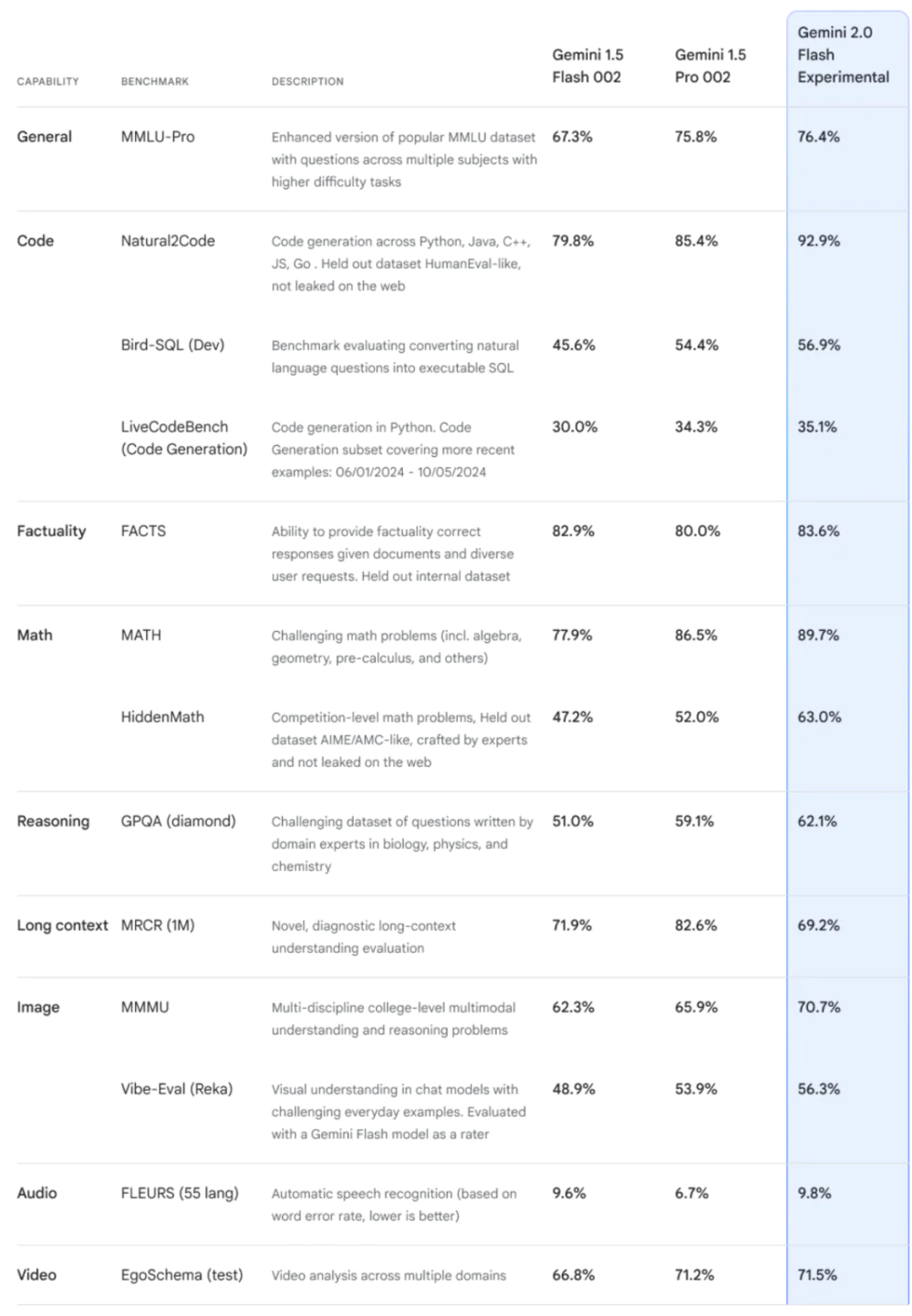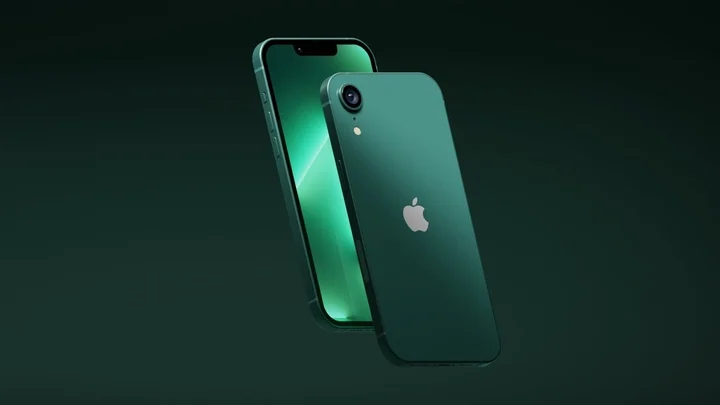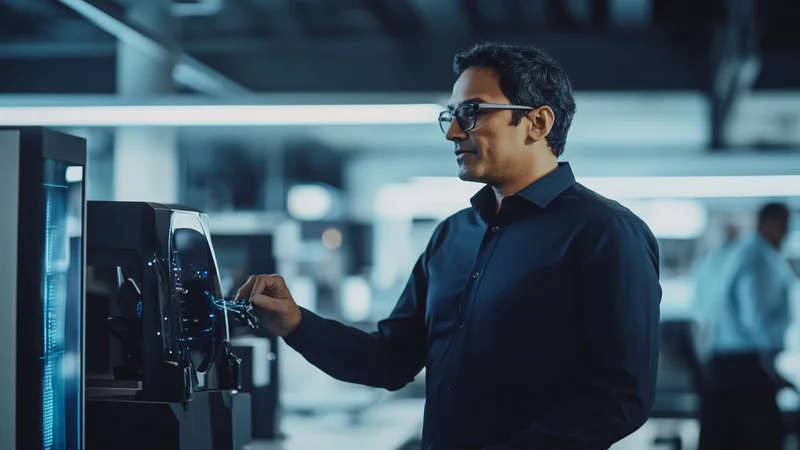Discover Sora, OpenAI’s revolutionary text-to-video generation tool that combines high-quality video creation, advanced storyboarding, seamless video editing, and creative effects. Included with ChatGPT Plus and Pro subscriptions, Sora empowers creators to bring their stories to life like never before.
As anticipated by the public, OpenAI officially launched its text-to-video product, Sora, on the third day of a 12-day livestream.
Sam Altman and several OpenAI employees demonstrated Sora's features and use cases through a live broadcast. After releasing video samples in February this year, Sora sparked a global AI frenzy, prompting AI companies worldwide to develop their own text-to-video products. As the pioneer in this field, Sora has finally unveiled its capabilities.
Overall, the suite of features showcased by Sora demonstrates that it surpasses current text-to-video products in video generation quality, functional originality, and technical sophistication.
Advanced Features: Storyboarding, Video Editing, and Enhanced Creativity
Sora provides basic text-to-video and image-to-video functions, with an intuitive interface where users can manage their generated videos, toggle between grid and list views, create folders, and bookmark or favorite content for better story planning.
In the main interface, users can input text like "A woolly mammoth walking through the desert, shot with a wide-angle lens." Then, they select parameters such as aspect ratio, resolution, video duration (5–20 seconds), and the number of videos to generate (up to four for selection). The generated videos closely align with the input description, delivering realistic and textured results.
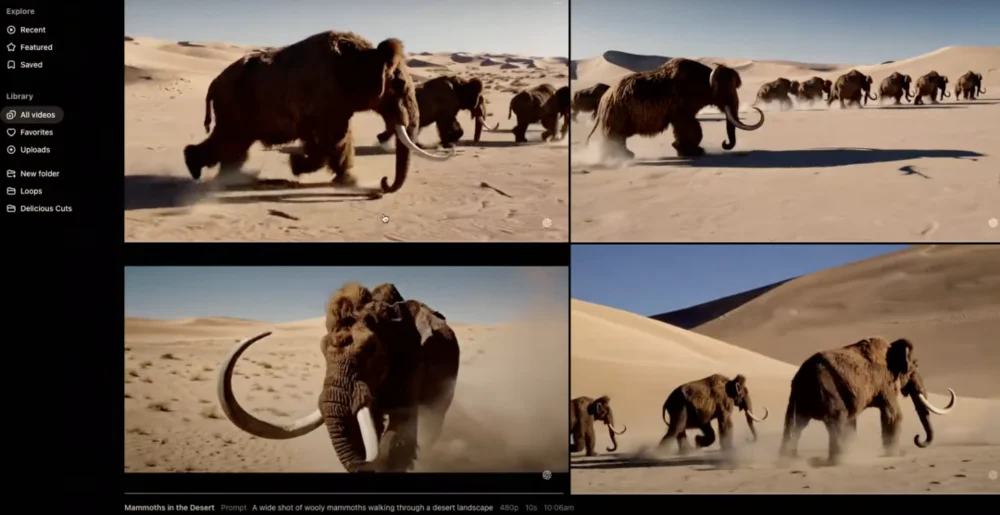
Beyond basic functionality, Sora introduces groundbreaking features centered on enhancing creative video storytelling:
Storyboarding:
A novel tool that functions like a timeline, breaking a story (or video) into multiple storyboard cards (video frames). Users can design and adjust each storyboard card, and Sora automatically generates a seamless story (video) from these frames—similar to how directors use storyboards in filmmaking or animators use drafts to create animations.For instance, a storyboard might start with "A beautiful white crane standing in a stream with a yellow tail" and proceed to "The crane dips its head into the water and catches a fish." By setting these frames and their intervals, Sora connects the actions into a continuous video.
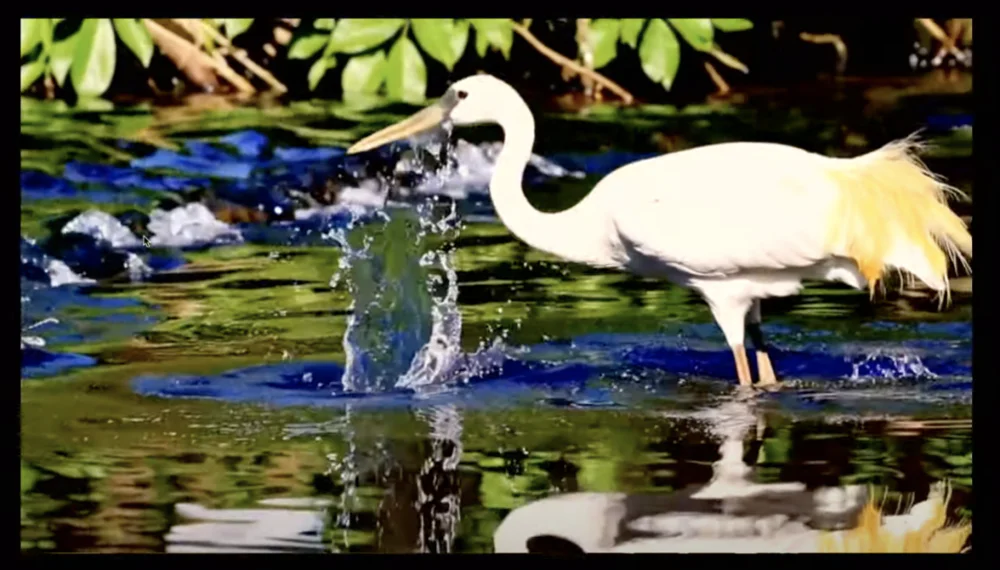
Storyboarding also allows integration of existing images or videos, enabling users to edit, expand, or complete narratives. A 20-second video can be continuously edited and refined until it matches the creator’s vision, akin to a director or editor assembling their ideal film.
Editing and Effects:
Sora allows users to modify videos directly through text, merge different video clips seamlessly, and alter the visual style of a video—essentially adding “special effects” with ease. This eliminates the need for repetitive prompt adjustments common in other text-to-video tools.Unlimited Resources:
Unlike real-world filmmaking, Sora provides infinite creative materials. It also allows users to edit and refine generated videos, ensuring the final product aligns with their creative vision.
Accessibility and Subscriptions
Starting December 9 (local time), users in the U.S. and most other countries can access Sora through OpenAI's website. It’s included in ChatGPT Plus and ChatGPT Pro subscriptions without additional charges.
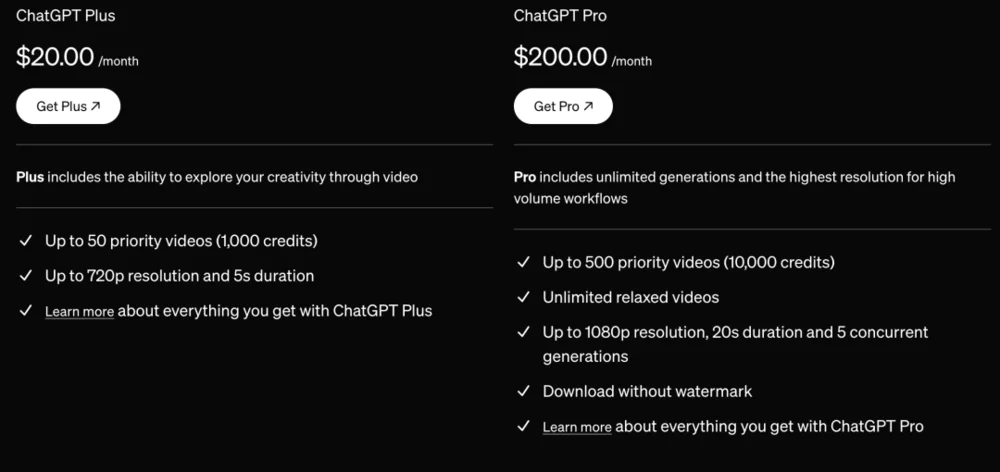
ChatGPT Plus ($20/month): Generate up to 50 advanced videos at 720p resolution, each up to 5 seconds long.
ChatGPT Pro ($200/month): Generate up to 500 advanced videos at 1080p resolution, each up to 20 seconds long, with no watermarks.
Development Motivations and Significance
Sam Altman highlighted three key motivations behind Sora’s development:
Tool for Creativity: OpenAI aims to create tools that empower creators, a core part of its company culture.
Enhanced AI Interaction: Expanding AI capabilities to include video generation enriches user interactions, aligning with the industry view that every new modality increases user penetration.
AGI Roadmap: Sora contributes to OpenAI’s pursuit of Artificial General Intelligence (AGI) by helping AI systems learn more about the world’s rules—part of building a “world model” to understand physical laws.
Turbocharging Video Generation
OpenAI also introduced Sora Turbo, a faster and more advanced model that integrates all previously discussed features while supporting text-to-video, animated images, and video blending. The lack of standalone pricing for Sora reflects OpenAI’s efforts to make it widely accessible while optimizing training costs for large-scale deployment.
OpenAI emphasizes that video models reveal fascinating new capabilities during large-scale training, suggesting that expanding video generation models is a promising path toward creating universal simulators of the physical world. By making Sora available to the public, OpenAI gathers data to further its AGI ambitions while fostering human creativity.
Conclusion
Sora marks a significant leap in AI video generation. Beyond producing high-quality videos, it provides unique tools like storyboarding, video editing, and seamless scene merging. These features empower users to create more personalized and creative stories, bringing them closer to becoming directors.
OpenAI describes Sora as a “superpower extension” for creators, enabling them to experiment with ideas previously unattainable. While Sora is not perfect and may make mistakes, it has reached a stage where it can significantly enhance creativity. OpenAI eagerly anticipates how the world will use this transformative tool.
